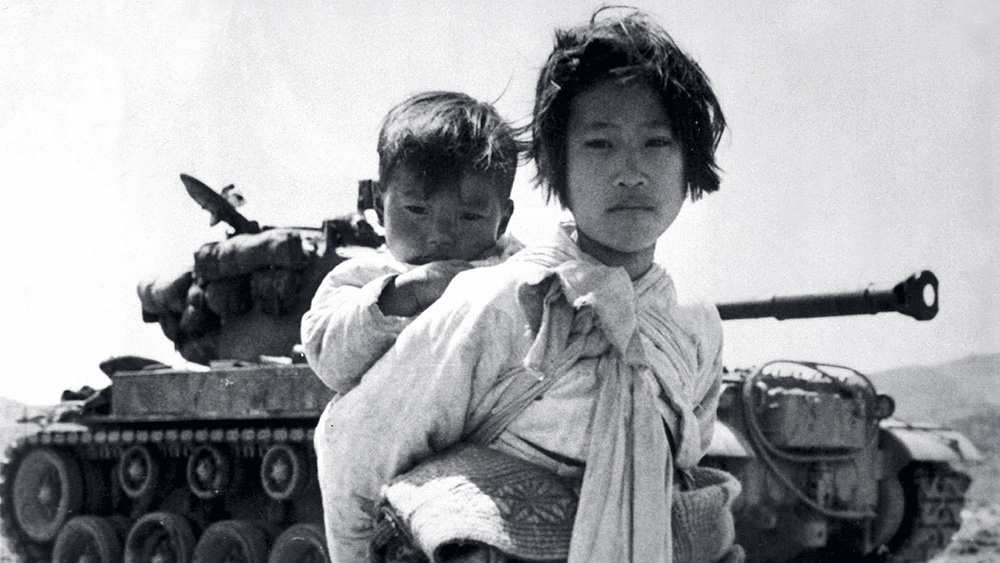Unit 8: Cold War and Decolonization
1945 – 1990 CEAs the Second World War ended, new global conflicts emerged. The Cold War between the United States and the Soviet Union and decolonization movements reshaped the world order.
The Cold War
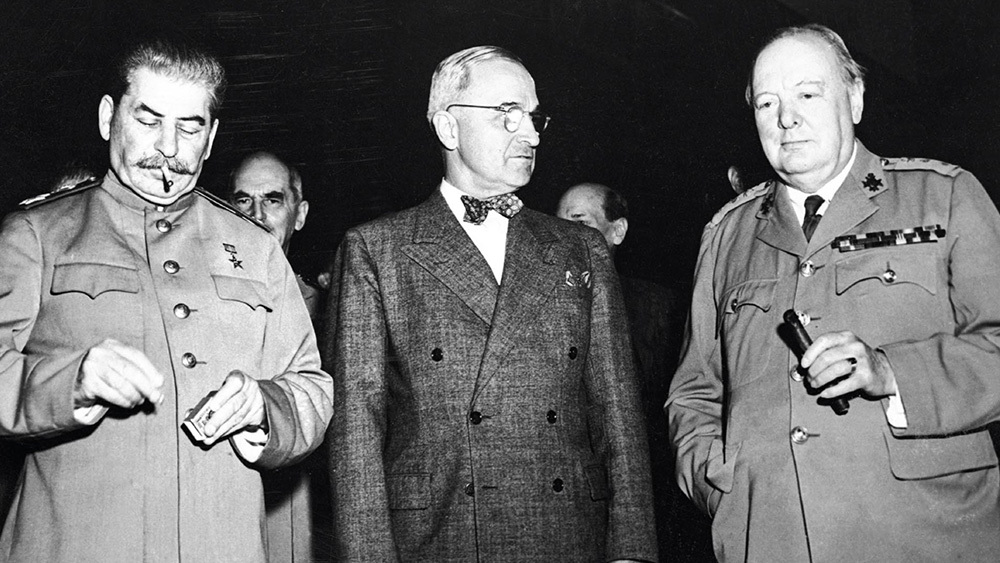
Lesson 8.2
Origins of the Cold War
The Cold War conflict between the United States and the Soviet Union was a confrontation between two different ideologies, but it was also a global struggle for control over the future of the world.
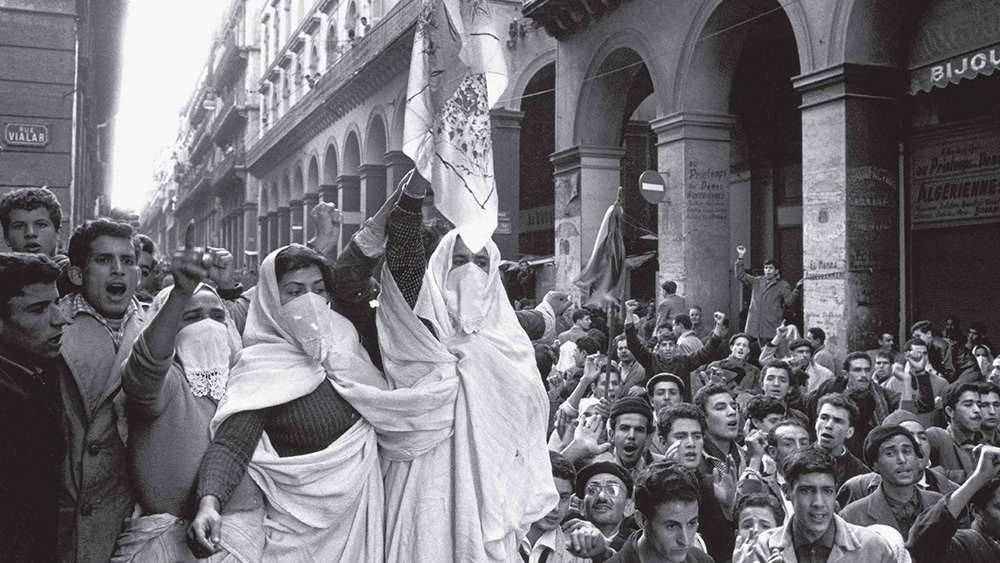
Lesson 8.3
The Global Cold War
Virtually none of the battles of the Cold War took place on Russian or American soil. Yet, the Cold War often got hot as the superpowers supported opposing sides in conflicts around the world.
Decolonization
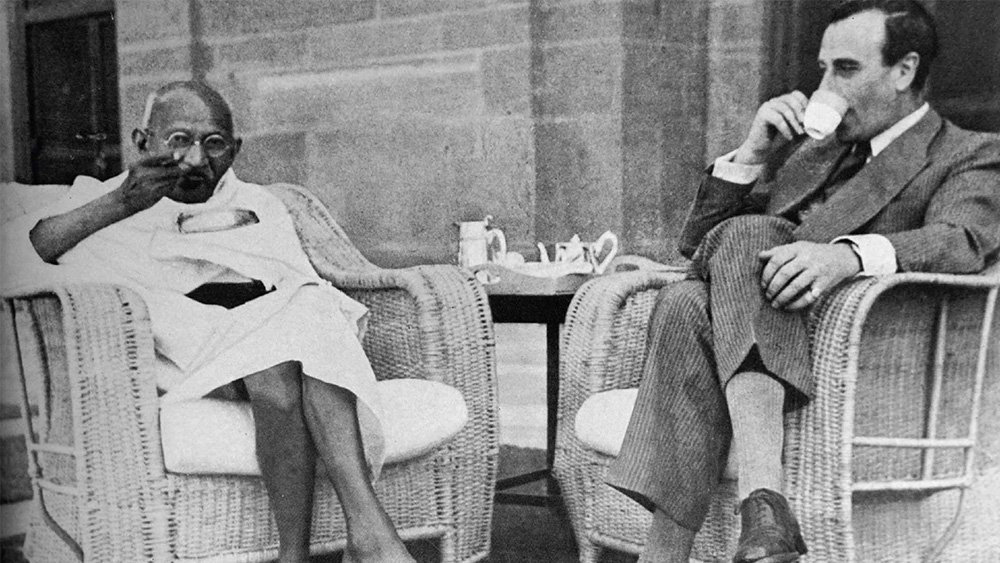
Lesson 8.4
The End of Empire
As colonial troops returned from World War II, many started to ask why they had fought to protect freedom in Europe but were returning to colonial repression at home. The result was a wave of independence movements that dismantled European empires.
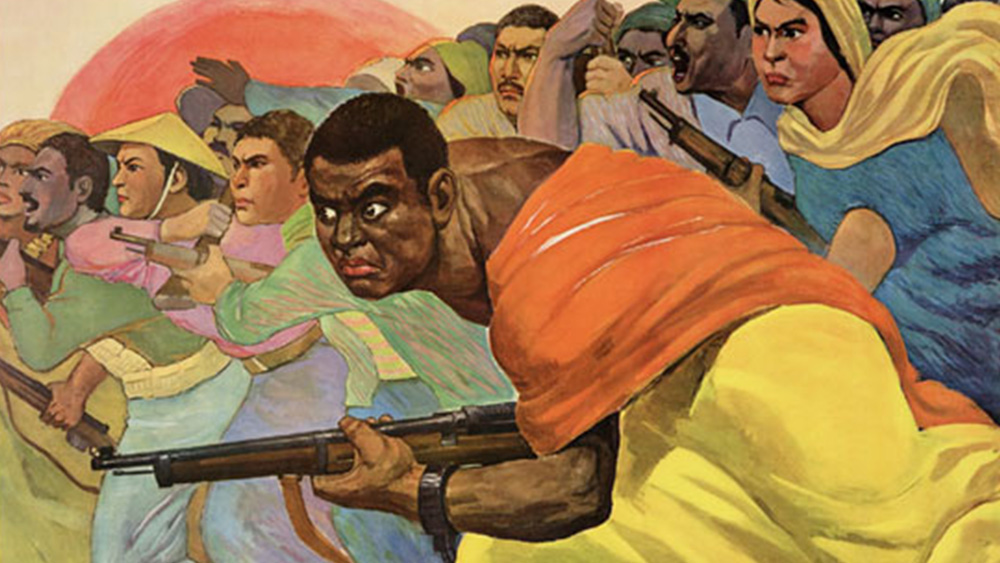
Lesson 8.5
Decolonization Around the World
Anticolonial movements swept the colonized world after 1945. From the Caribbean, to Ghana, to Southeast Asia, nationalist leaders rose in opposition to empire and demanded independence.
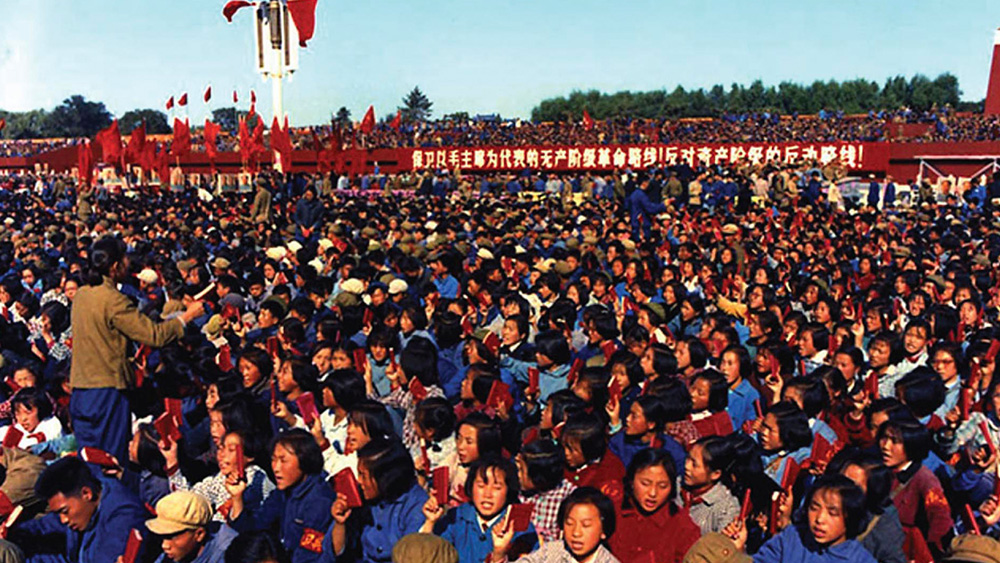
Lesson 8.6
Communism in China
The triumph of Maoist communism in China marked a new era of industrialization for the world’s most populous nation.
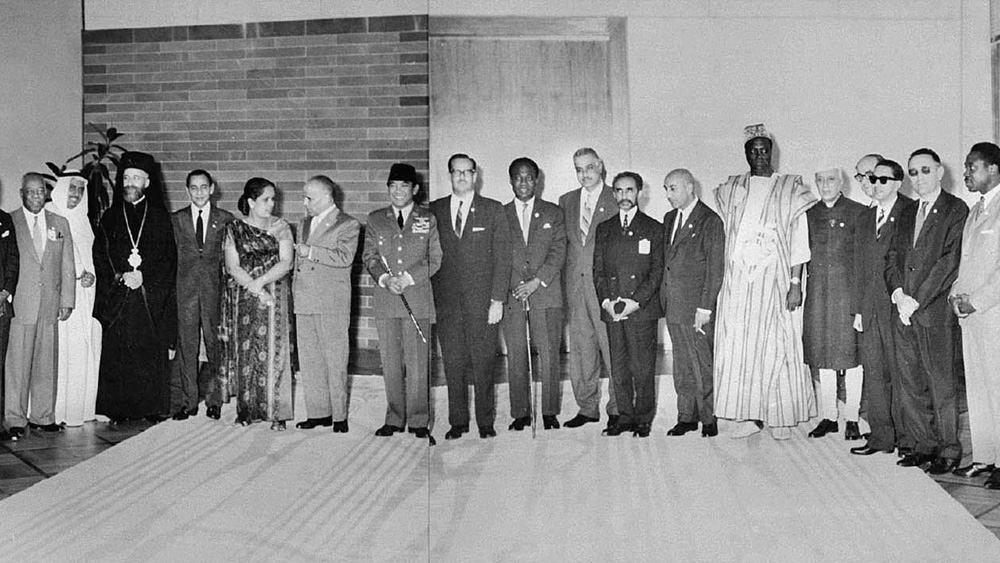
Lesson 8.7
Connecting Struggles for Liberation
As decolonization rocked old colonial strongholds, civil rights activists clashed with government forces in the US. This is the story of how local struggles connected with global movements.
 Teaching This Unit
Teaching This Unit
Unit 8 Vocab
Key Unit 8 vocabulary words and definitions.

Reading Overview
Reading strategies to help students dig into a variety of texts.

OER Teaching Sensitive Topics in Social Studies Guide
Support for having discussions that are difficult, but meaningful.

Historical Thinking Skills Guide
Develop the skills needed to analyze history and think like a historian.

Differentiation Guide
Research-backed strategies for differentiation, modification, and adaptation.

Unit 8 Teaching Guide
All the lesson guides you need in one place.
